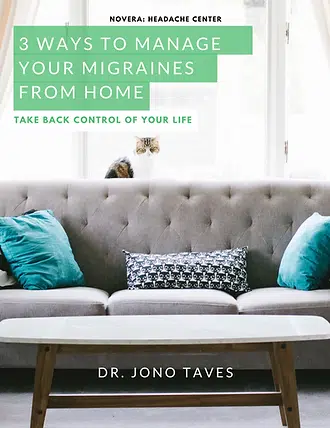
I do apologize to some of my readers as this blog post contains some in-depth anatomy. Please don’t see that as a reason to tune out because it provides valuable insight into why restoring movement to the upper neck is so crucial when treating headaches. We will focus on just one component, of many, when understanding the reasons behind headache pain.
First, let me start with a simplified anatomy lesson on the greater occipital nerve. The greater occipital nerve stems from the beginnings of the spinal cord. The nerve passes through the first and second cervical vertebrae and detours down and around a muscle called the obliquus capitis inferior, from there it travels up the head and through another muscle called the semispinalis capitis before reaching the skull. It then innervates the backside of the head and allows the brain to receive sensation from the skin.
Why is this nerve so important?
Two reasons:
1. This nerve is a channel for headache pain.
2. The pain signal travels through this nerve when there is a loss of motion to the upper neck.
Second, we must understand that nerves like their space, if things get too crowded they send the pain signals. So lets look at three structures that crowd the nerve.
1. The first and second cervical vertebrae. These two bones form a joint that allows for 45 degrees of rotation to the left and right. If the joint is tight and not moving well a whole number of things can occur, one being irritation to the greater occipital nerve.
2. Obliquus capitis inferior: The muscle the nerve loops under/wraps around. Because of this close proximity it too can commonly lead to headache pain.
3. Semispinalis capitis. The nerve travels through this muscle. Again due to proximity, if the muscle is tight the nerve gets fussy. These three areas all rely heavily on proper movement and posturing to stay in a normal relaxed state rather than tight and irritation.
So what’s the fix?
There are all sorts of things that can be done, but the primary intervention should be a hands-on approach to restoring movement and reducing muscle tension at those three sites of pain. Keeping the greater occipital nerve happy is key. Nerve blocks and botox do help to calm the nerve or muscles down, but the underlying movement problem still exists.
Hope this helps!




